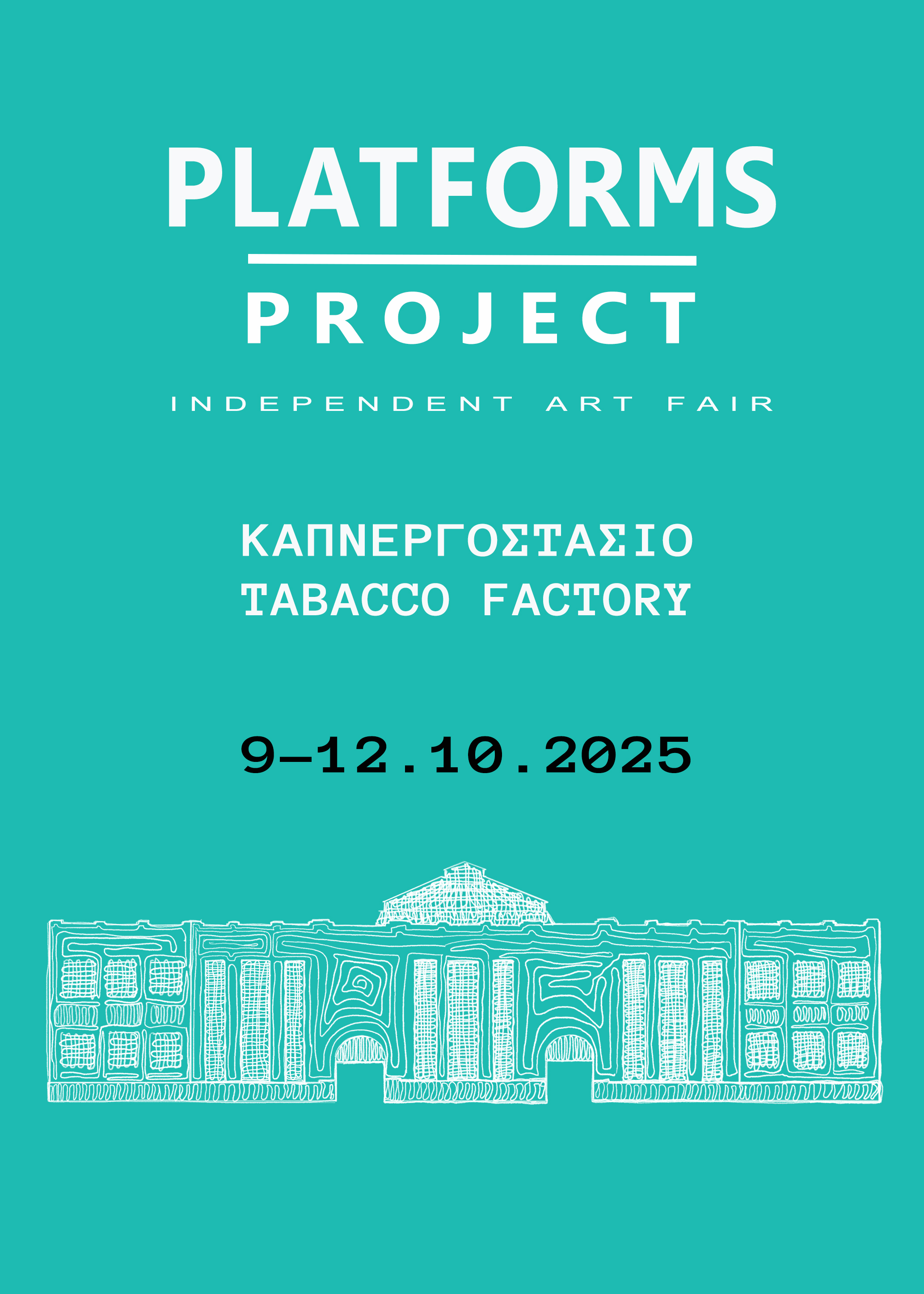Athens-based graphic designer Stavros Rossos is a laconic social media user. On his Instagram profile you’ll find a grand total of thirty four posts, and his Behance portfolio has ten published projects. But as they say, still waters run deep; and this is the case of a designer who resists the frantic pace of contemporary visual culture and the demands of the communication design industry, in favour of a slower way of working and a creative output that is consistent, meticulously crafted and conceptually considerate.

In his personal work, Rossos combines digital tools with his deep love for typography, applied in conventional communication formats like posters, publications and illustrations. But as he explained to me in our interview, he has always been using natural materials and physical techniques to create visual work, including painting and rock carving. This contrast between the natural and the artificial is something that he is constantly aware of and negotiating in his work. “I consider natural beauty to be superior to the artificial”, he says. “I like it when something that appears to be perfect reveals natural, attractive imperfections on closer look.” He quotes Brian Eno: “The problem with computers is that they don’t have enough Africa in them. I translate that as not having enough soul. When something is too perfect, I try to add something irregular in it to balance it out.”
Human struggle and how we cope with a world that is becoming increasingly more hostile to our body and mind is recurring in Stavros Rossos’s work, as seen for example in an illustration he made using a scan from a found yearbook. The image shows an athlete jumping and exerting herself, but an unexpected glitch while scanning the image created a small line of coloured pixels over her throat. Rossos further edited the glitch, expanded it across the image, as if to represent a limit of human struggle and refer to the competition between the digital and the human. A different encounter is seen in a series of illustrations he made inspired by the Mariana Trench: he rendered the deepest underwater trench on the planet in geometric patterns — an architectural reduction that attempts to visualise the unfathomable. The illustration comes with a portrait of Mariana of Austria, the Spanish queen after whom the trench is named.

The battle between the natural and the artificial is also central in a series of sculptures Stavros Rossos made using wood and concrete. The idea was to make the wood appear as if it’s effortlessly piercing the concrete “like butter”, thus reversing the properties and symbolic hierarchy of the two materials. Another common thread in his work is human struggle in a post-capitalist world, triggered by the stress and dehumanisation of people working in finance and the corporate sector. In a series of illustrations inspired by Robert Longo’s Men in the Cities series, Rossos drew running yuppies carrying briefcases with their bodies simplified into thick, solid lines. “Longo photographed dancers dressed as businesspeople for this project”, he tells me. “But when I saw the final hyperrealist drawings I saw lines in their movement. That’s where I got the idea from.”
For the und. Cover Project, the designer provided us with a black and white image made with the repetition of the word Holygrowth. The word is a play with the capitalist concept of growth and the fact that it is so essential to corporations, that it is considered holy. “Growth is part of any company’s strategy. At the same time is something that I find threatening. That’s why I made the word small and constantly growing, covering everything as it expands.” Indeed, the very idea of continuous growth is menacing, not only because it is unsustainable but also damaging in many ways.

Stavros Rossos was born in Cyprus, grew up in Saudi Arabia and Rhodes, then studied in Athens and Cyprus. He worked at creative studio Hotpink and Ekkeshi Design Consultants in Nicosia before moving to Athens where he joined the design team of Nota Drakou at Cream, and later the team of Dimitris Gkazis at busybuilding. Since the beginning of 2018 he is a partner at Nowhere Studio, together with Marinos Kolokotsas and Thodoris Tsirkas. Discover more of his work on Behance.




